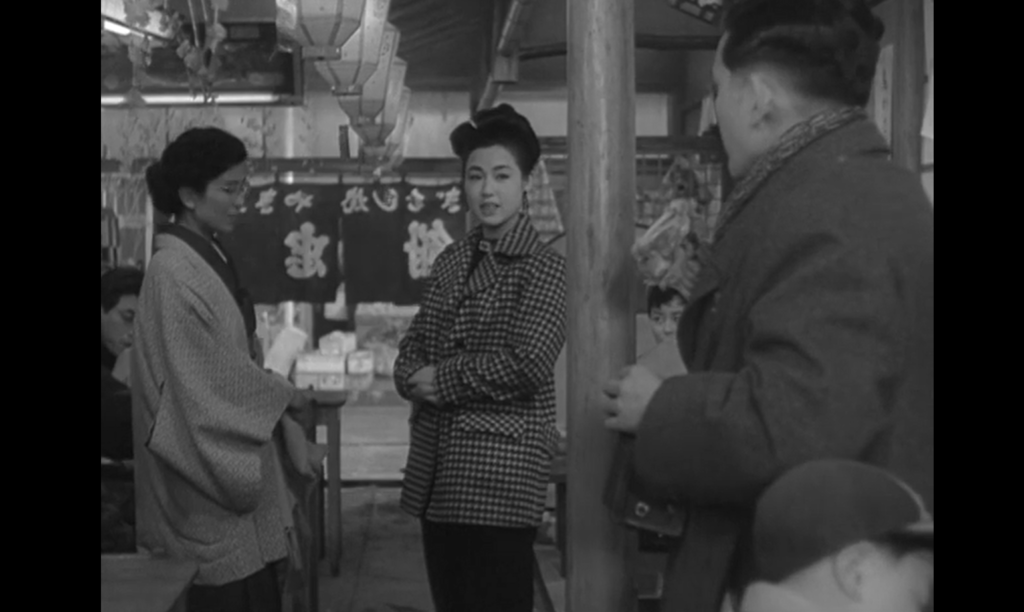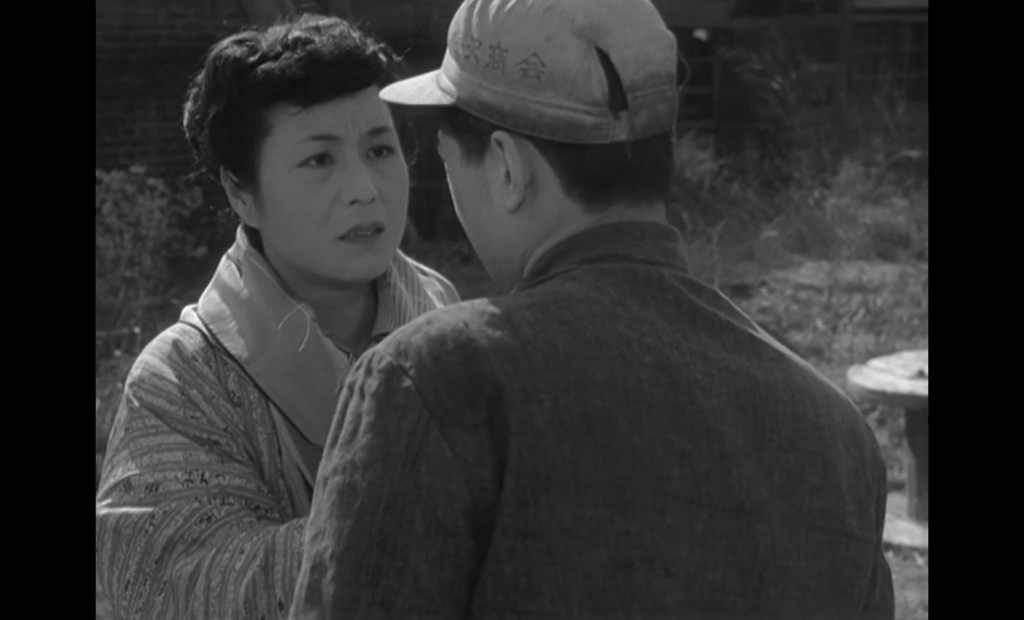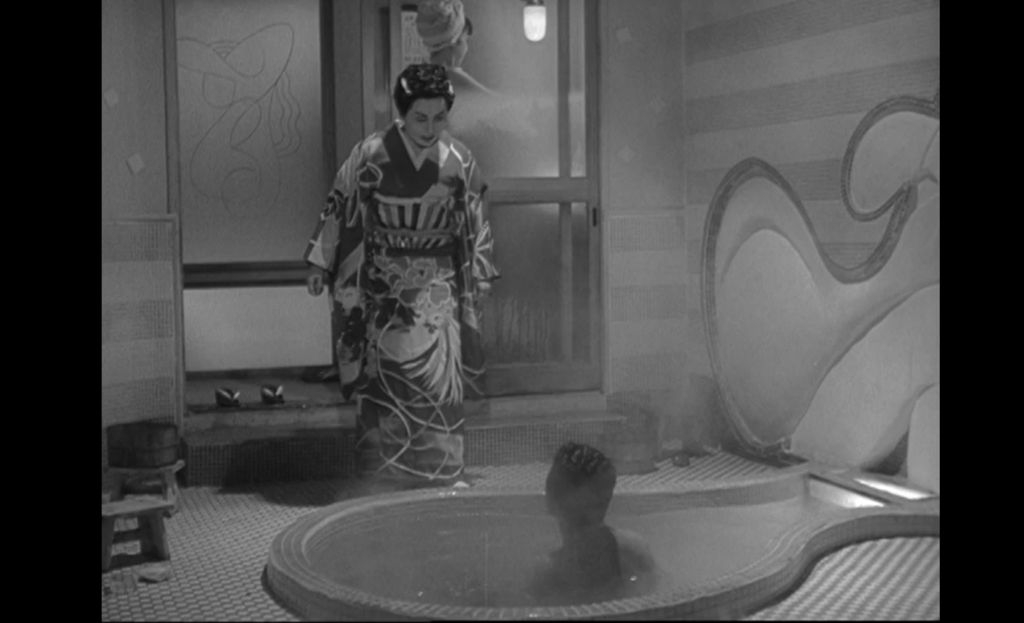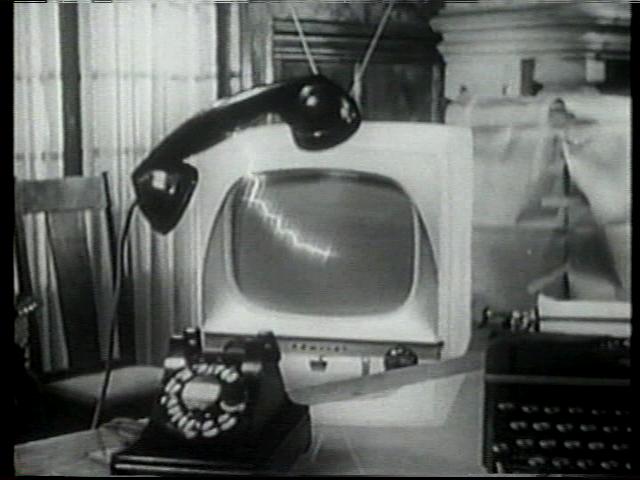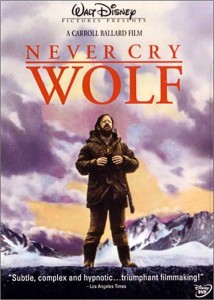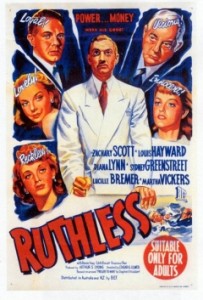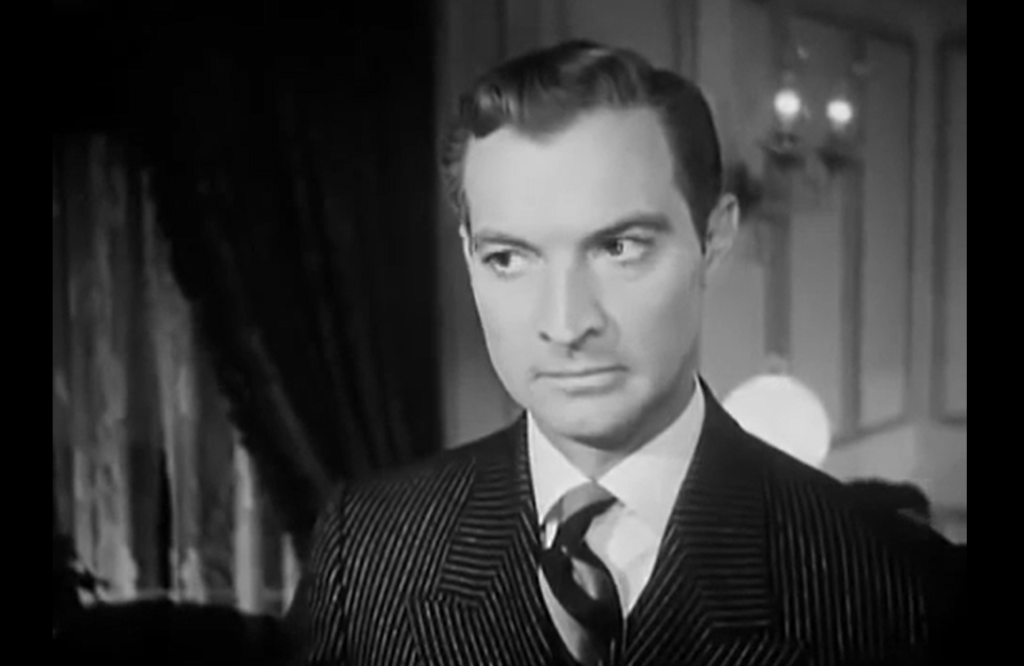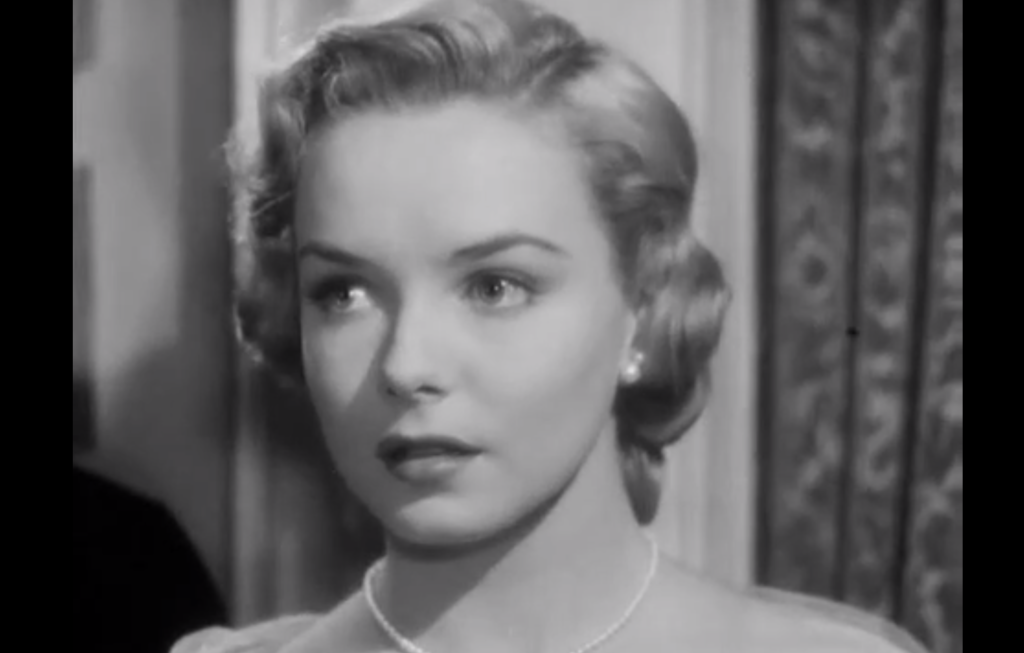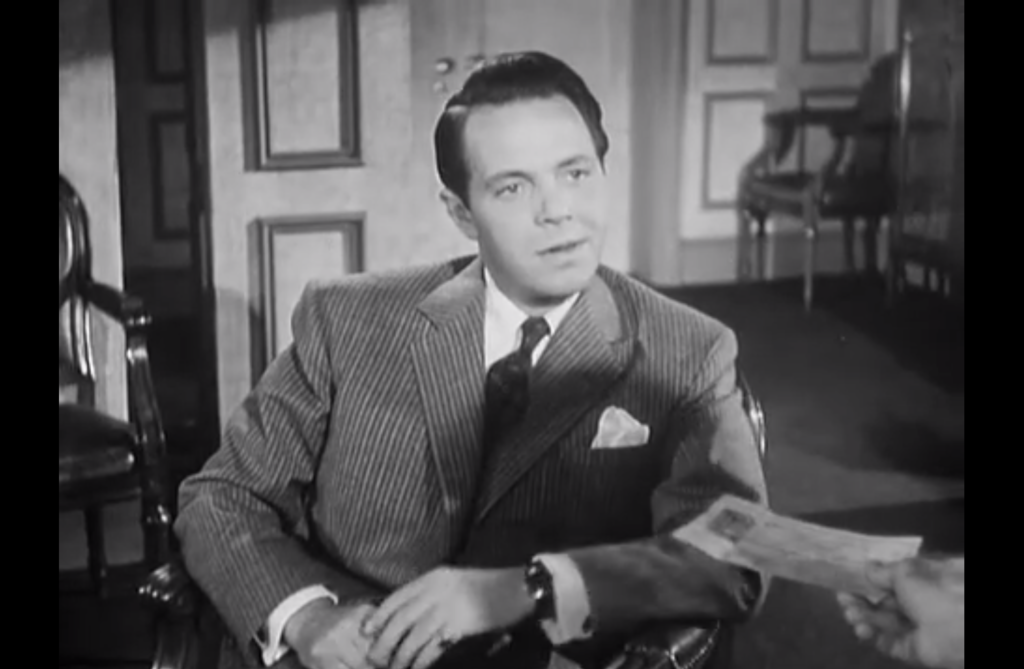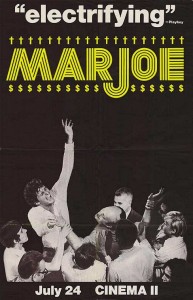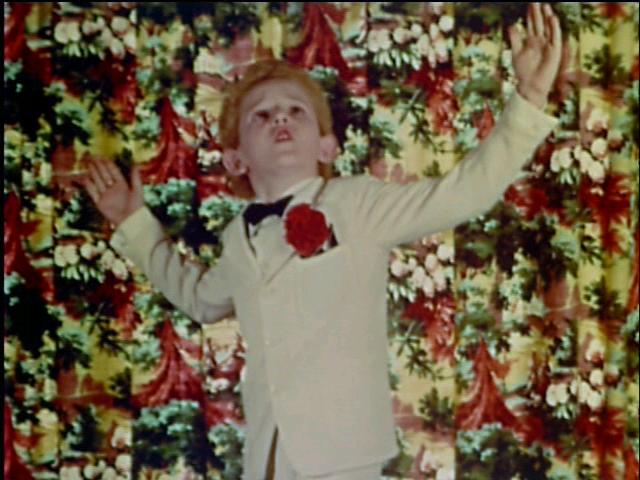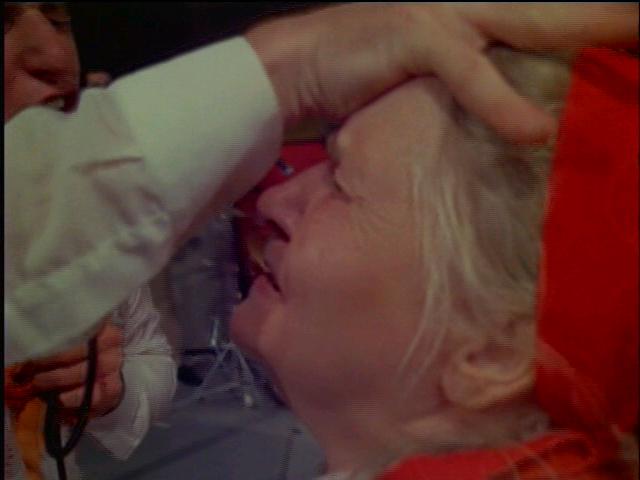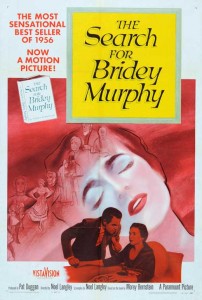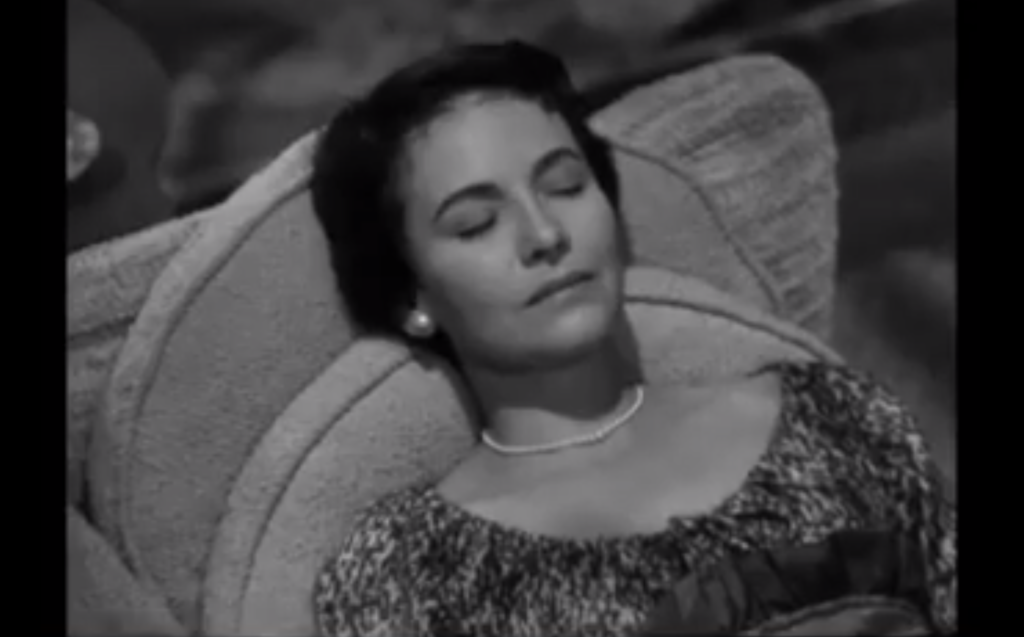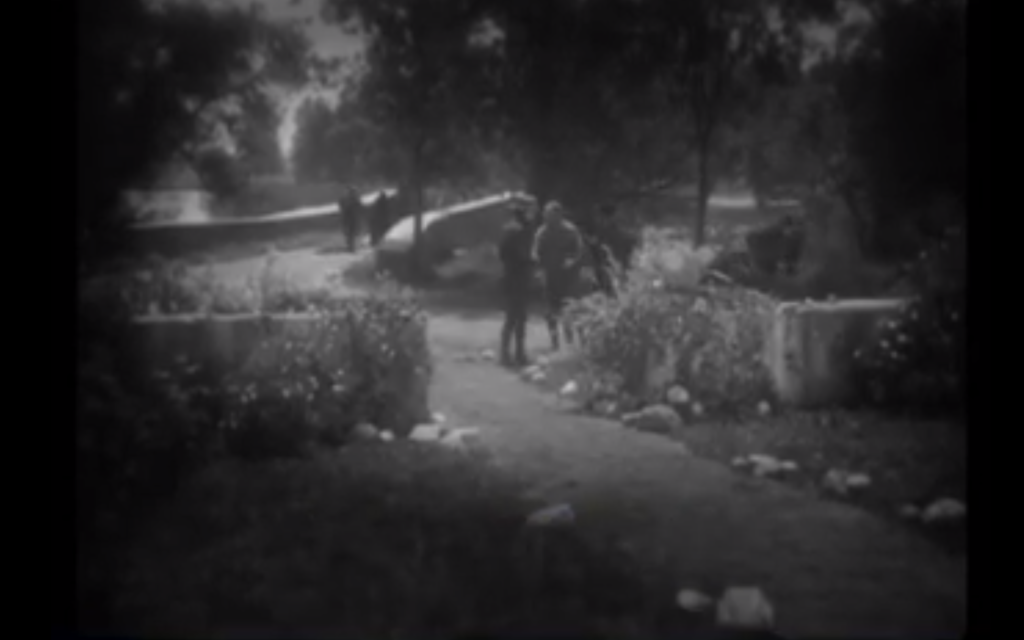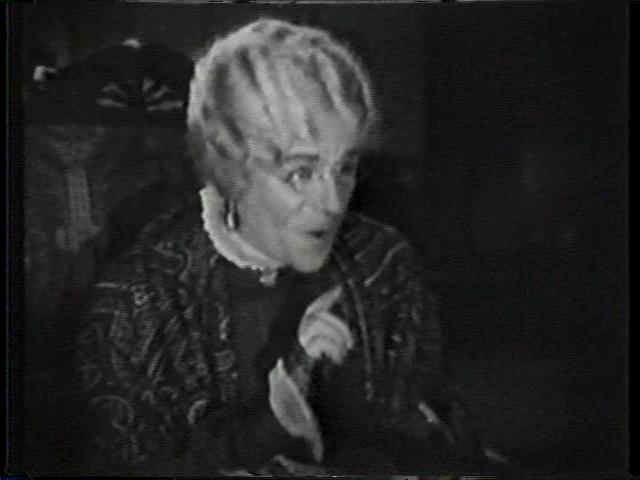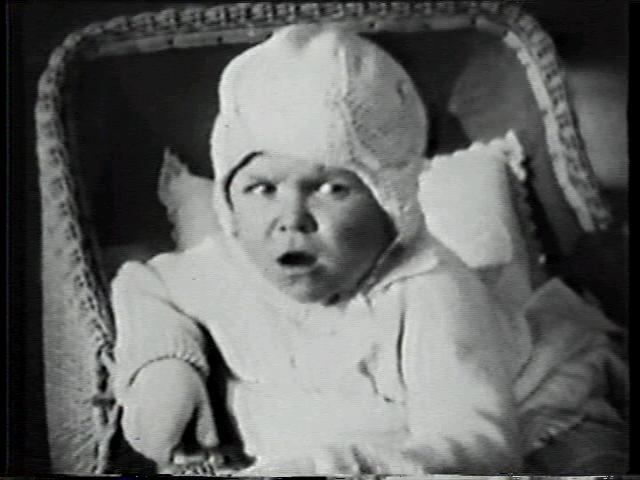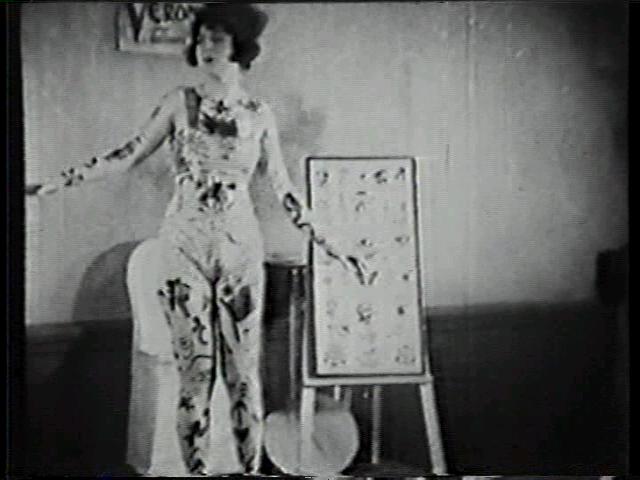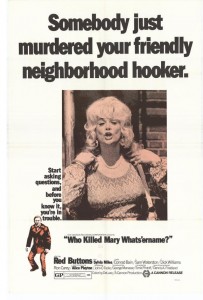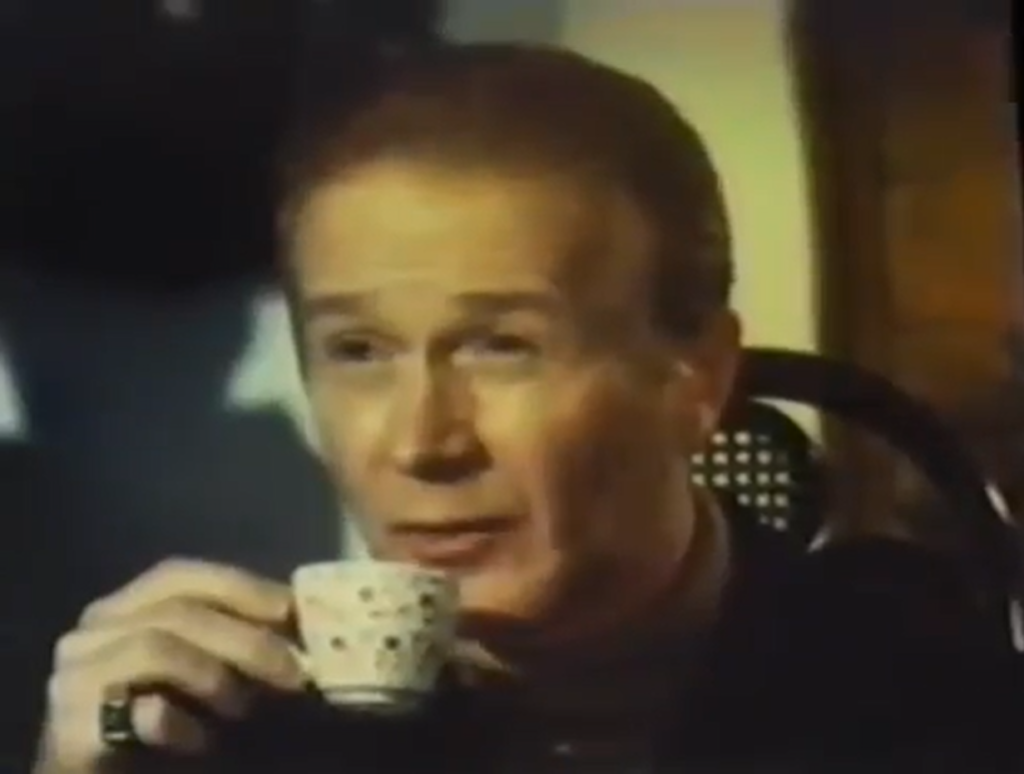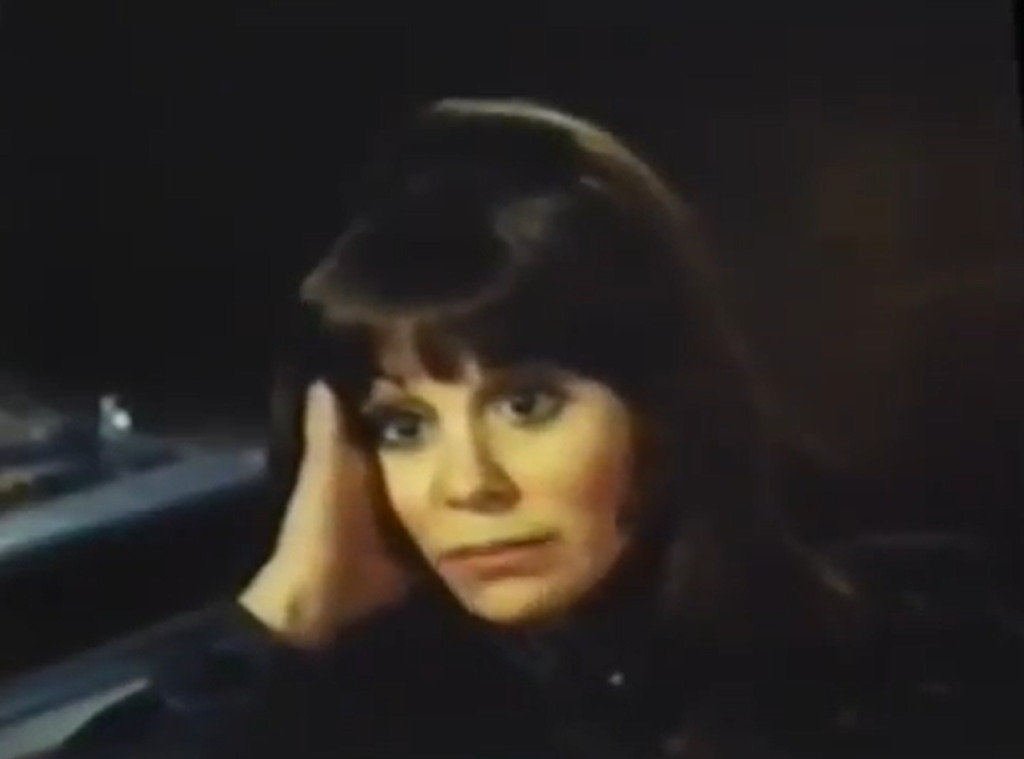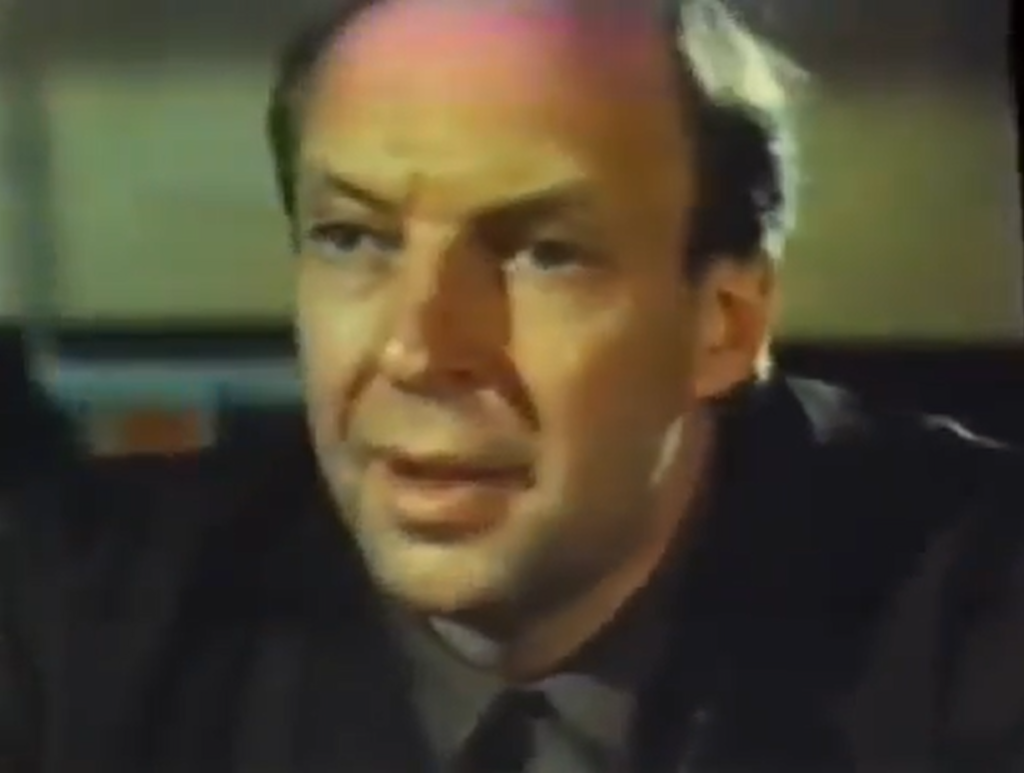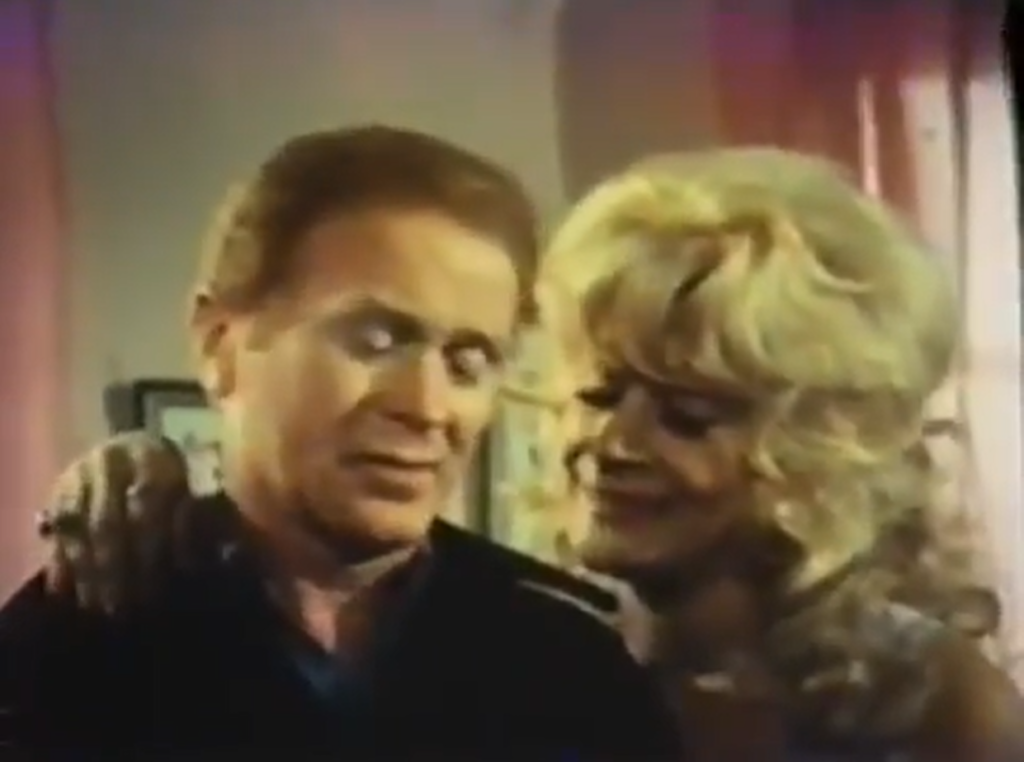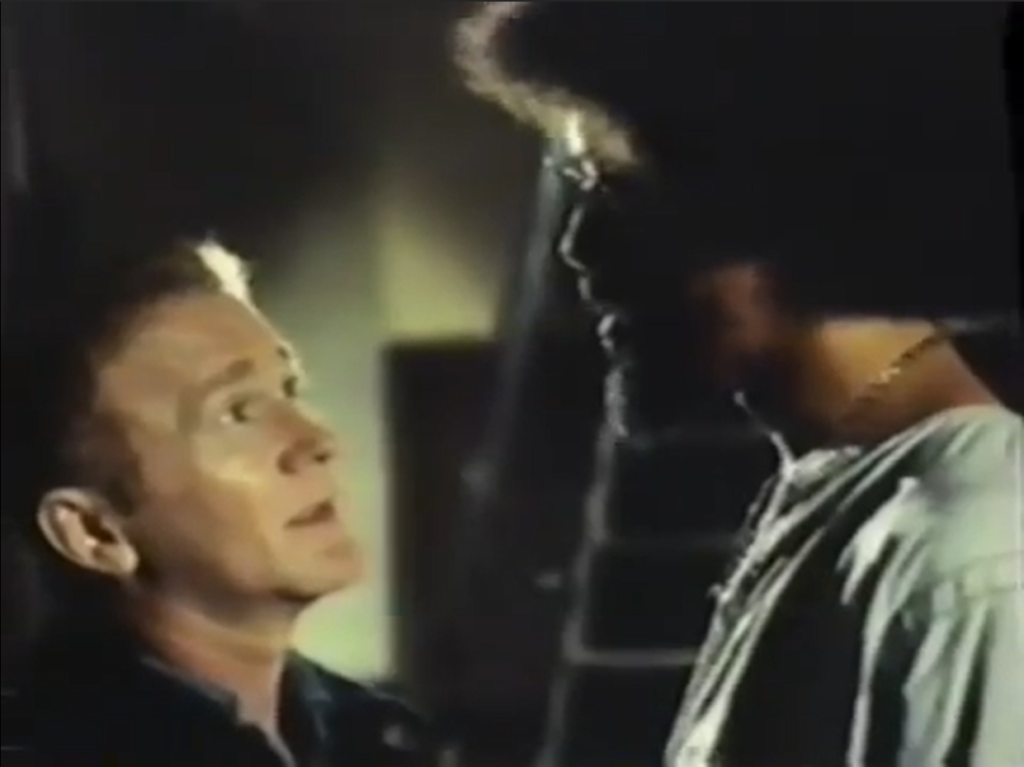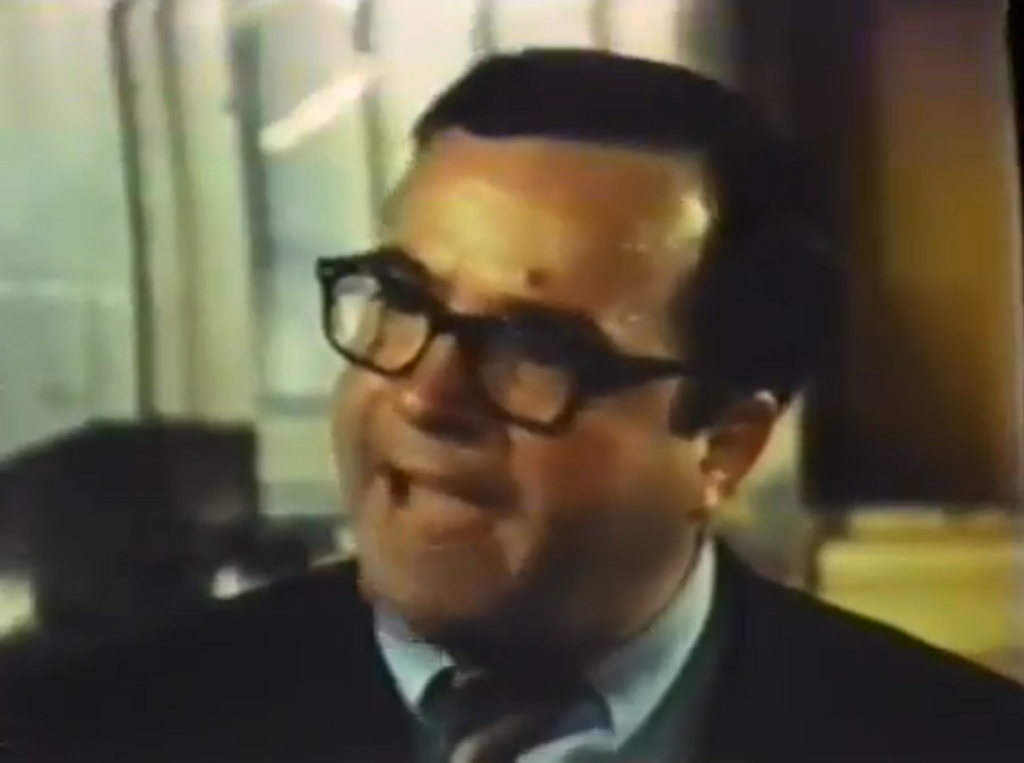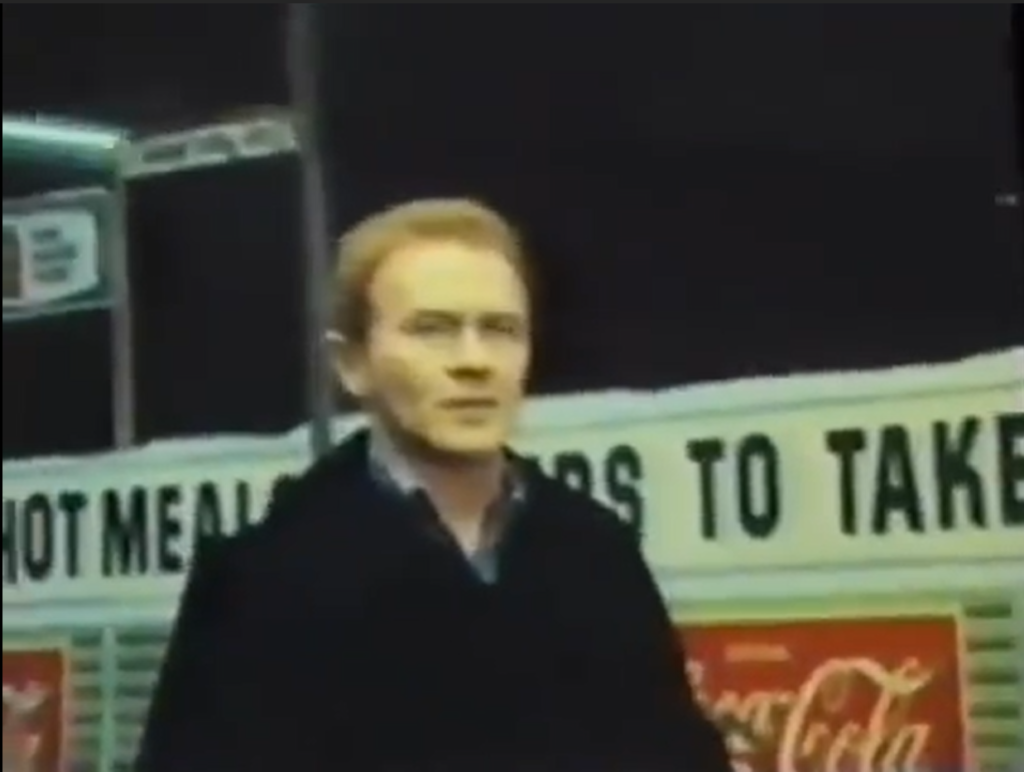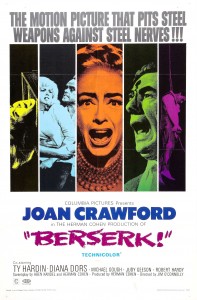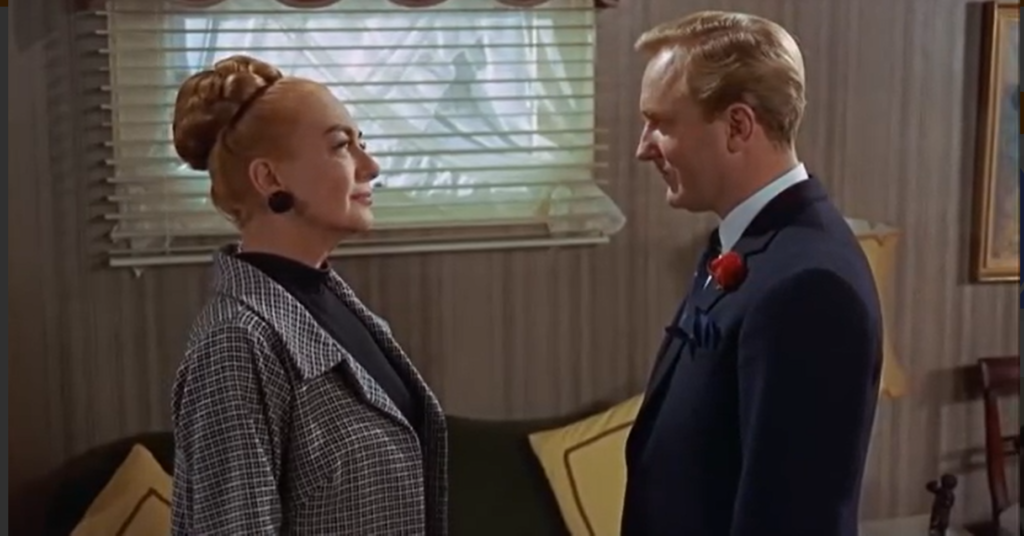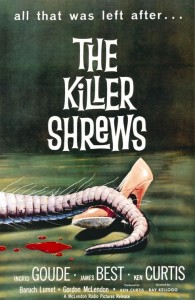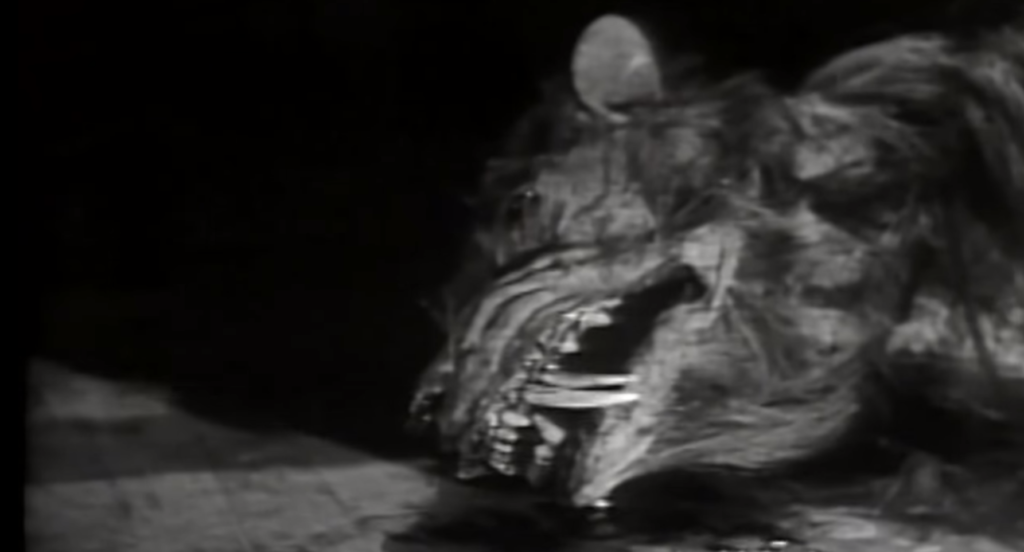Street of Shame (1956)
“You can wipe off your rouge, but not the makeup of your trade.”
|
Synopsis: |
|
Genres, Themes, Actors, and Directors:
Review: — it is nonetheless the only way they can earn enough money to pay off their debts, which range from a father’s bail bond, to medication for a TB-ridden husband, to a simple desire for fancy clothes and jewelry. There are many powerful moments in this at-times didactic, yet still consistently moving, film. My favorite has the mercenary Yasumi (Ayako Wakao) running into one of her regular Johns at a cafe while he is eating with his family, being introduced as his secretary, and giving him a sly wink when leaving. A particularly painful scene shows aging widow Yumeko (Aiki Mimasu) stopping to eat some noodles on her way to visiting her son, making herself presentable in the mirror, and being told snidely by the restaurant’s nursing proprietor, “You can wipe off your rouge, but not the makeup of your trade.” Perhaps the most startling scene shows tough, sexy young Mickey (Machiko Kyo) — who never stops eating, dancing, or shopping — propositioning her own father in angry defiance of his request that she come home and stop debasing their family name. While Mickey — a hip and sassy girl in her American pedal-pushers — appears to be eagerly embracing prostitution as a way of life, she, too, has skeletons in her closet which have led her down this tenuous, socially-caustic career path. Redeeming Qualities and Moments:
Must See? Categories
Links: |


